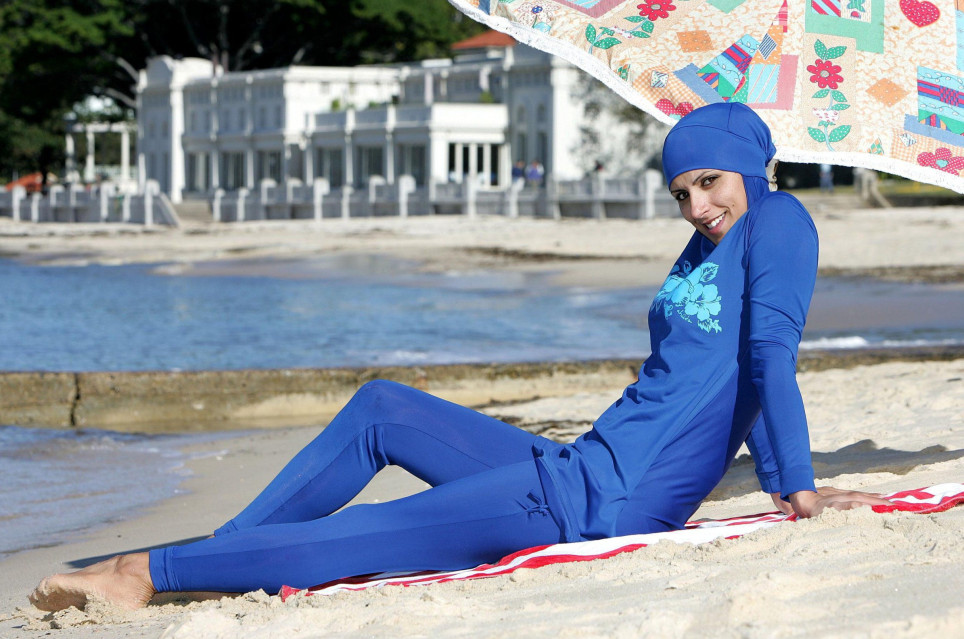Who would have thought 70 years ago that swimsuits covering too much of the body would ever be banned?
A string of French beach towns have done just that in the past week; first the mayor of Cannes, and then those of Villeneuve-Loubet and Sisco have outlawed “burkinis,” or full-body swimwear worn for religious reasons. The lines of reasoning for the first two bans are about as flimsy as one would expect for an article of clothing, ranging from protecting “good morals and secularism” to hygienic concerns.
The ban in Sisco was the reaction to a beachfront brawl between local youths and families of North African descent on Aug. 13, in which bottles, harpoons and hatchets injured five. Sisco’s mayor, Ange-Pierre Vivoni, later told the press that the ban was not meant to be racist or discriminatory but rather a measure to protect Muslims themselves.
While there’s no way to tell exactly how truthful Vivoni’s statement is, there is an apt sentiment: Muslims in France, and especially those who dare to exhibit any public practice, are not particularly safe. The post-Hebdo, post-Bataclan, post-Nice mentalities which have surfaced there allow blatant and sometimes violent xenophobia to occur with little institutional consequence, in a phenomenon neither unique nor surprising.
Full-body swimwear is, obviously, not an indicator of radicalism or terrorist affiliation; many derivatives of Western religions recommend similar modesty, and those with certain medical conditions or personal preferences will also opt for maximum coverage.
Despite this, the ban in Cannes was recently upheld by a court in Nice, prompting incredulity from several groups including the Collective Against Islamophobia in France, who announced that they would be appealing the ruling. According to the court, the law prohibits neglecting common societal rules where religion is concerned. Is this to say that there are commonly known guidelines that public officials as well as private citizens are familiar with dictating what swimwear members of every religion are and are not allowed to wear? More importantly, if religious imagery as innocuous as a swimsuit is so inflammatory, why have far blunter religious symbols such as every cross on every church been allowed to remain in public view?
Regardless, the issue now is much like the one that women faced in the 1940s; the stereotypical — and likely inaccurate — connotations of female swimwear have shaped policies that make only one type of woman acceptable. Then, it was the modest and pointedly chaste lady with covered shoulders, knees and midriff, and now it’s the Anglo-Saxon woman in a bikini.
Anything else is unnatural and surely dangerous.
